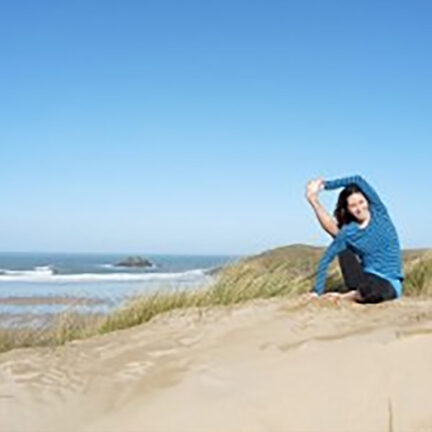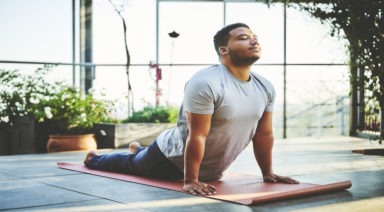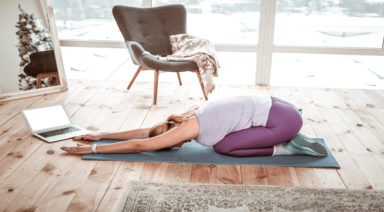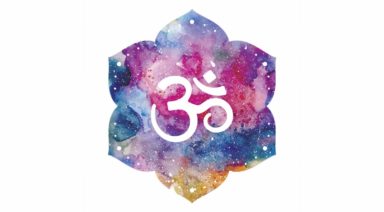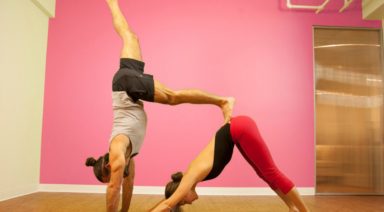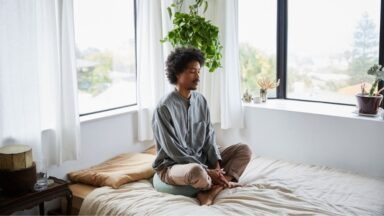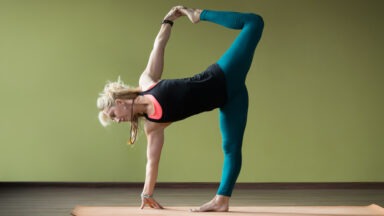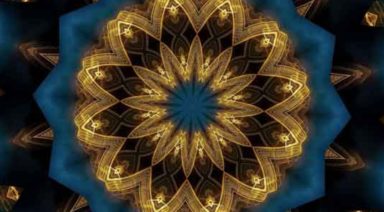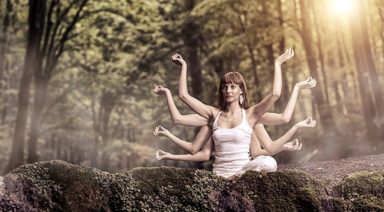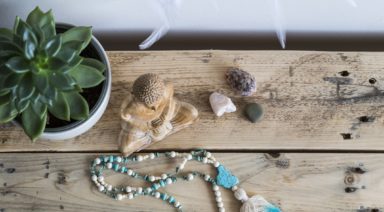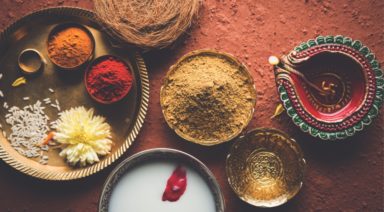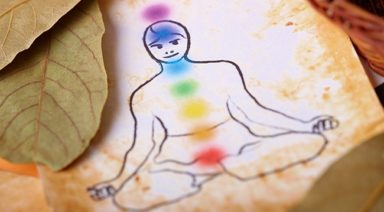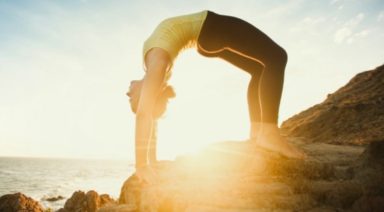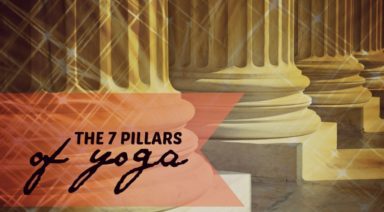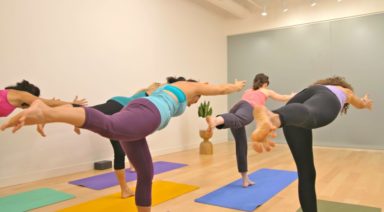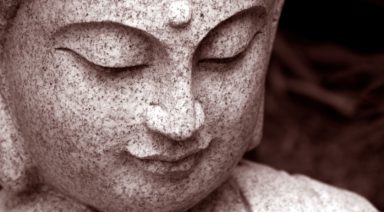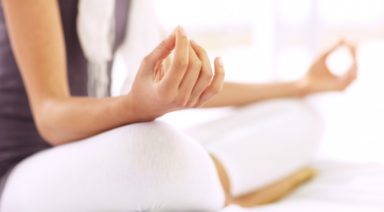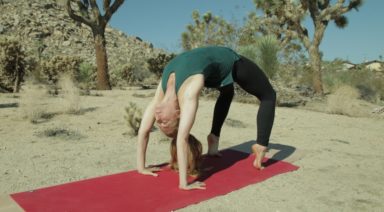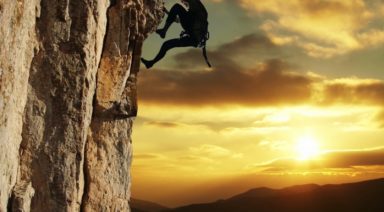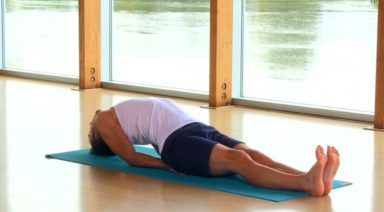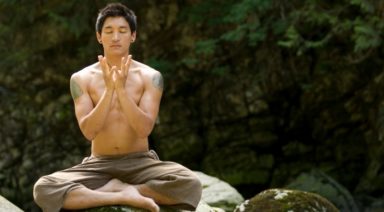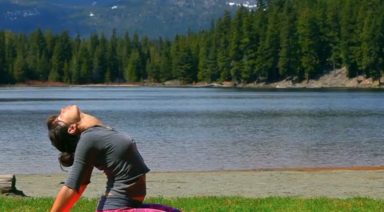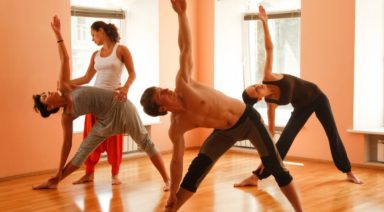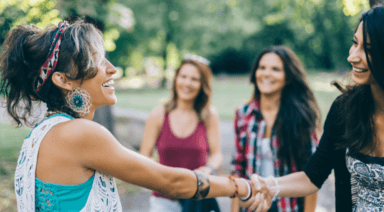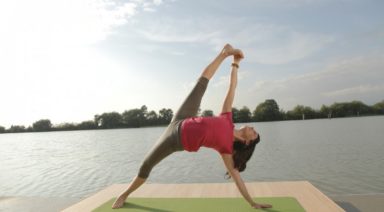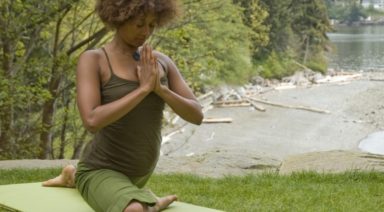15 Uses for Bolsters

I recently bought a bolster. Just a regular, cotton covered bolster with a very useful handle at one end. Having never used one until a couple of months ago, I now find this cylindrical lump of fibre to be an indispensable part of my life; yes, as in it’s useful in my everyday living, not just during my daily yoga practice.
There are so many uses for bolsters that go beyond the yoga mat, here are a few examples:
1. Replacement sofa. This is much better for your spine than a regular sofa. Either sit in a straddle or use it as a low level chair. Legs can be crossed in butterfly pose, straight or bent with feet flat on the ground.
2. A fantastic footrest. Perfect if, in the end, you decide to stick to the sofa.
3. Draught excluder. Place it under your door and keep cold weather at bay.
4. Stool. Step on it to reach for something off the top shelf.
5. Baby prop. Place the bolster under the baby’s armpits whilst they are laying on their bellies to help strengthen their arms, neck and back. They usually like the slightly raised perspective as well.
6. Tummy winder. I get my four-year-old to lay on it lengthways. With one hand on his sacrum, I gently roll him from side to side to ease a gassy tummy. He thinks it’s a lot of fun too.
7. Leg strengthener. Place it on top of your flexed feet whilst seated, and raise it up and down several times.
8. Balance challenger. Lay on it lengthways and try Locust or [Bow](/article/upward-bow-pose-or-full-wheel-pose-urdhva-dhanurasana pose). Feels a little different.
9. Situps spotter. Lay it over your feet as a weight while you do your situps.
10. Face plant protector. Place it in front of you when trying an arm balance. Makes for a softer landing if you fall.
11. Back rest. Place it vertically against a wall. I find walls to be cold against bare skin, so this is a nice solution for keeping the back upright. It also allows your shoulders to roll back, opening the chest up more.
12. Pillow. Self explanatory.
13. Pretend horse. A fun toy for your kids.
14. Pretend space rocket. Another fun and imaginative prop for your kids.
15. Replacement bed fellow. You can give it a good hug, and it doesn’t snore.
How do you use yours?
The Science of Yoga
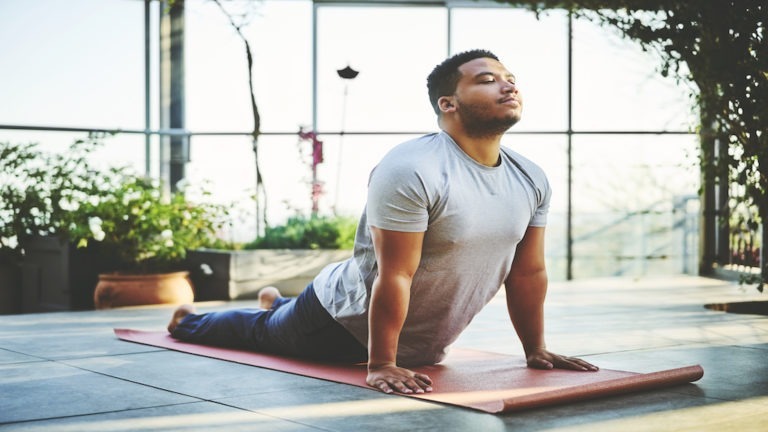
Stress has become a way of life. Whether the days are full of multiple goals and endless obligations, traffic jams and transit delays, complex systems of bureaucracy and finance, or an overwhelming array of in-person and virtual relationships, the pace of current human existence is bursting at the seams.
For centuries, sages have relied on yoga to transcend earthly limitations. Each meditative pose is an effort to identify pockets of pain that accumulate inside the body. Each inhale confronts suffering. Each exhale is an attempt to transcend it. Through this process, worry is replaced with loving-kindness.
Now, bodies of research are proving that yoga is more than a niche spiritual force for enlightened beings.
Yoga has the power to heal the world, one human at a time.
The Rise of Yoga
A system of poses, breathing exercises, and meditations that originated in ancient India to inspire physical, mental, and spiritual well-being first started to spread around the world as a form of exercise in the twentieth century.
For decades, in the US, yoga seemed to capture the interests of quirky, white city dwellers and affluent suburbanite moms, but over the last decade, it has expanded from the studio and can currently be found in public parks, hospitals, outpatient clinics, workspaces, elementary schools, military bases, rehab centers, and even airports.
In fact, the 2016 Yoga in America Study commissioned, by Yoga Journal and Yoga Alliance, estimated that more than 36 million people were practicing yoga in the US by 2015, compared to 20.4 million in 2012. A staggering 80 million people are likely to try yoga in 2016.
The Origins of Yoga
Yoga is first mentioned in the Bhagavad Gita, an ancient collection of Sanskrit poetry that is sacred to the Hindu religion, dating as far back as the second century BCE. Verse 48 of Chapter Two essentially describes yoga as a state of equilibrium.
In the series Introduction to Yoga Sutras, Nicolai Bachman references the authoritative text on yoga to explore what it means to live a yogi life. He teaches that yoga is a path to positive transformation. Through a dedicated yoga practice, one can root out negativity and plant loving kindness. Citing Sutra 1.2, “yoga-citta-vritti-nirodhah,” Bachman describes yoga as a powerful tool for calming the noise.
While the validity of ancient texts may invite skepticism, the first professional-level medical textbook on yoga was released in the US in 2016. In Chapter One, “Introduction to Yoga in Health Care,” licensed medical practitioners recognize the importance of developing habits that balance emotions and modify unhealthy thought-patterns and acknowledge that yoga can play an integral role in preventing disease.

